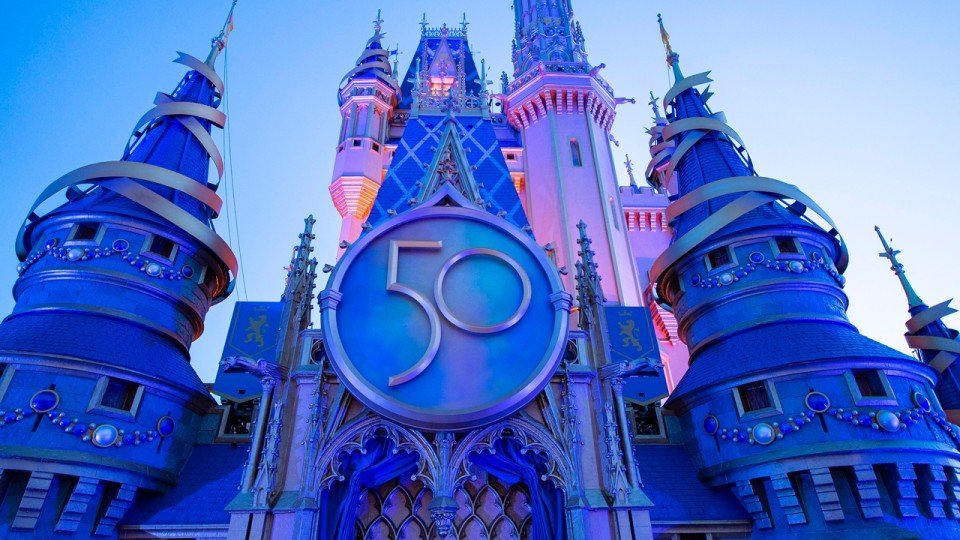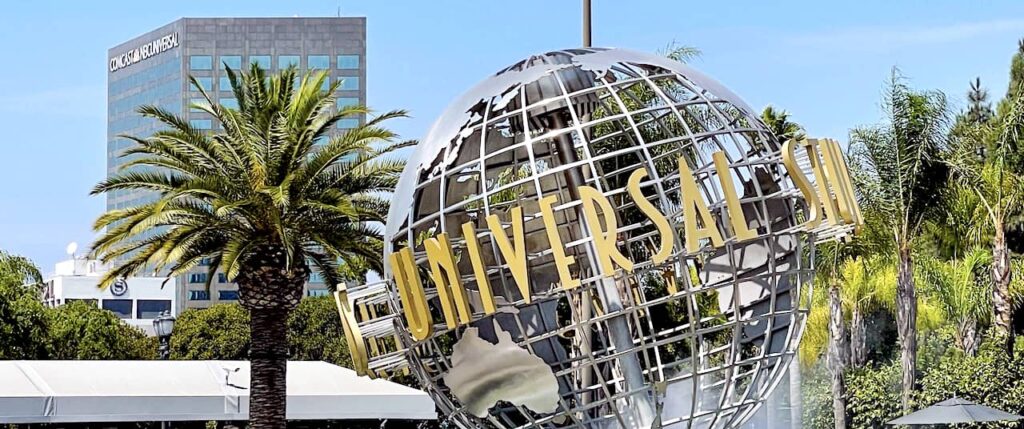In our Dark Theme Park History series, we explore a number of theme park incidents which in many cases have unfortunately led to tragedy. What is most important to focus on is the improved safety protocols which have come out of these circumstances and how theme parks and amusement parks have subsequently become safer as a result. We send our sincerest condolences to the families and friends of those who have been affected by these tragic incidents.
Today, we look at the Verrückt waterslide at Schlitterbahn Waterpark in Kansas City. In November of 2012, Schlitterbahn Waterpark in Kansas City announced plans to create a brand new attraction that would shatter the record for the tallest and fastest waterslide in the world. The design of the ride was spearheaded by John Schooley and Schlitterbahn co-owner, Jeff Henry. The waterslide featured a tall first drop of 17-stories and a second, smaller hill with a 45 degree incline. Attempts to pitch the idea of the waterslide at trade shows proved unsuccessful, and Henry decided to undertake the development and construction himself.
elisfkc, CC BY-SA 2.0, via Wikimedia CommonsAs the ride neared completion, tests were held using sandbags as weight to test the three-person rafts. During this period, sandbags would regularly fly out of the raft and collide with the safety netting overhead. To counteract this problem, the second hill was demolished and rebuilt at a smaller angle, and thin metal hoops were added to support the netting above the slide.
There were concerns about the ride’s safety from the beginning, with one anonymous lifeguard at the park admitting that Schlitterbahn Waterpark would only test Verrückt after hours and in front of a select handful of employees. It was rare for any of these tests to be considered successful. Before the ride’s opening, the park hired a safety consultant who suggested no riders under the age of sixteen should be permitted on this waterslide. This age limit was never established as a rule for the ride. Additionally, local laws at the time permitted Schlitterbahn Waterpark to oversee the inspections of its own park without government oversight–the only amusement park in Kansas with these permissions.
The ride was opened to the public in July of 2014, and at just over 168 feet, the Verrückt waterslide became the tallest in the world–taller than even Niagara Falls. It would become immensely popular with riders soon after its opening with many guests riding and re-riding multiple times throughout their day. Two months after its opening, Verrückt was voted the “Best New Waterpark Ride” at the 2014 Golden Ticket Awards.
elisfkc, CC BY-SA 2.0, via Wikimedia CommonsAfter its opening, the safety concerns did not cease. At least thirteen riders reported various injuries after riding Verrückt, usually due to the rafts becoming airborne and striking the protective netting above. Injuries on Verrückt were common, but it wasn’t until 2016 that things became fatal.
On August 7, 2016, ten year old Caleb Schwab was visiting the Schlitterbahn Waterpark with his family as part of a promotion for “Elected Officials Day”, where the Schwab family was allowed free entry. Scott Schwab, Caleb’s father, was a Kansas state representative at the time. Caleb, the second oldest of the Schwab’s children was a thrill seeker who loved the outdoors and was a baseball player on a local team called the Mudcats.
Caleb SchwabThat day as Caleb and his family arrived at Schlitterbahn Kansas City, Caleb and his older brother were eager to try the world’s tallest waterslide. Due to concerns about weight distribution, Caleb and his twelve year old brother, Nathan, were separated into different rafts. Nathan’s raft descended first and completed the slide’s route without issue. Next, Caleb was seated in a raft with two older women, sisters unrelated to Caleb’s family. For unknown reasons, Caleb was seated in front of the older women rather than between them to allow for proper weight distribution. As the raft gained momentum down the initial hill and climbed into the second, it became airborne and struck the netting and one of the metal supports. Caleb was decapitated and killed on impact. His body was thrown from the raft as it descended the final hill. The momentum and movement of the water carried Caleb’s remains through the rest of the slide and deposited him in the pool at the bottom.
The other women in the raft with Caleb also suffered minor injuries to the face, but they would ultimately survive the incident. Caleb’s mother later recalled Nathan shouting that his brother had fallen from Verrückt. As she approached the ride, she was stopped by “a gentleman who wouldn’t allow me to come close enough to see what was going on, and he just kept saying, ‘Trust me, you don’t want to go any further,’” she told ABC News. Caleb’s father recounted the moments leading up to the learning of his son’s fate as he pleaded with one of the employees to tell him whether or not his son was dead: “I said, ‘I just need to hear you say, is my son dead?’ And [the employee] just shook his head. ‘I need to hear it from you…is my son dead?’ And he said, ‘Yes, your son’s dead.’”
In the wake of the accident, Schlitterbahn Kansas City was closed for three days as investigations were underway. Although the park opened later that week, Verrückt would never operate again. Laws that allowed Schlitterbahn Kansas City to self-inspect their own rides were swiftly repealed, and in November of 2016 it was announced that Verrückt would be dismantled.
The demolition of the once-tallest waterslide began following the 2018 season, but the park’s reputation had been so negatively impacted by the events of the Verrückt accident that it was unable to recover from the financial strain and did not reopen for the 2019 season. The park would not reopen again. Demolition of the Schlitterbahn property began in February of 2021 and was completed by September of the same year.
Image: Schlitterbahn Waterparks and Resorts, via the European Pressphoto AgencyThe complete and utter disregard for safety in the development of Verrückt is appalling in hindsight. The issues noticed during testing should have been dealt with long before guests were permitted to board the waterslide, and the death of Caleb Schwab was as avoidable as it is tragic. The accident on Verrückt that day received nationwide coverage. The trial saw Jeff Henry, John Schooley, and operations manager Tyler Miles (who reportedly attempted to cover up prior incidents with Verrückt) arrested and charged with second-degree murder.
Unfortunately, none of these men would face jail time as the charges against them were dropped, citing Kansas laws and unreliable testimony. Up until the day Schlitterbahn Kansas City closed permanently, there was no memorial placed in the park to commemorate the tragic loss of life on the property.
As horrific and devastating as this incident was, some good did come out of it. In fact, Kansas laws were revised after the accident to ensure all amusement and theme parks are held to a certain state-regulated code to prevent something like this from happening in the state ever again. The national coverage of Caleb Schwab’s death impacted the way safety is handled in amusement parks nationwide as a reminder of the significant impact a handful of mistakes can have.



